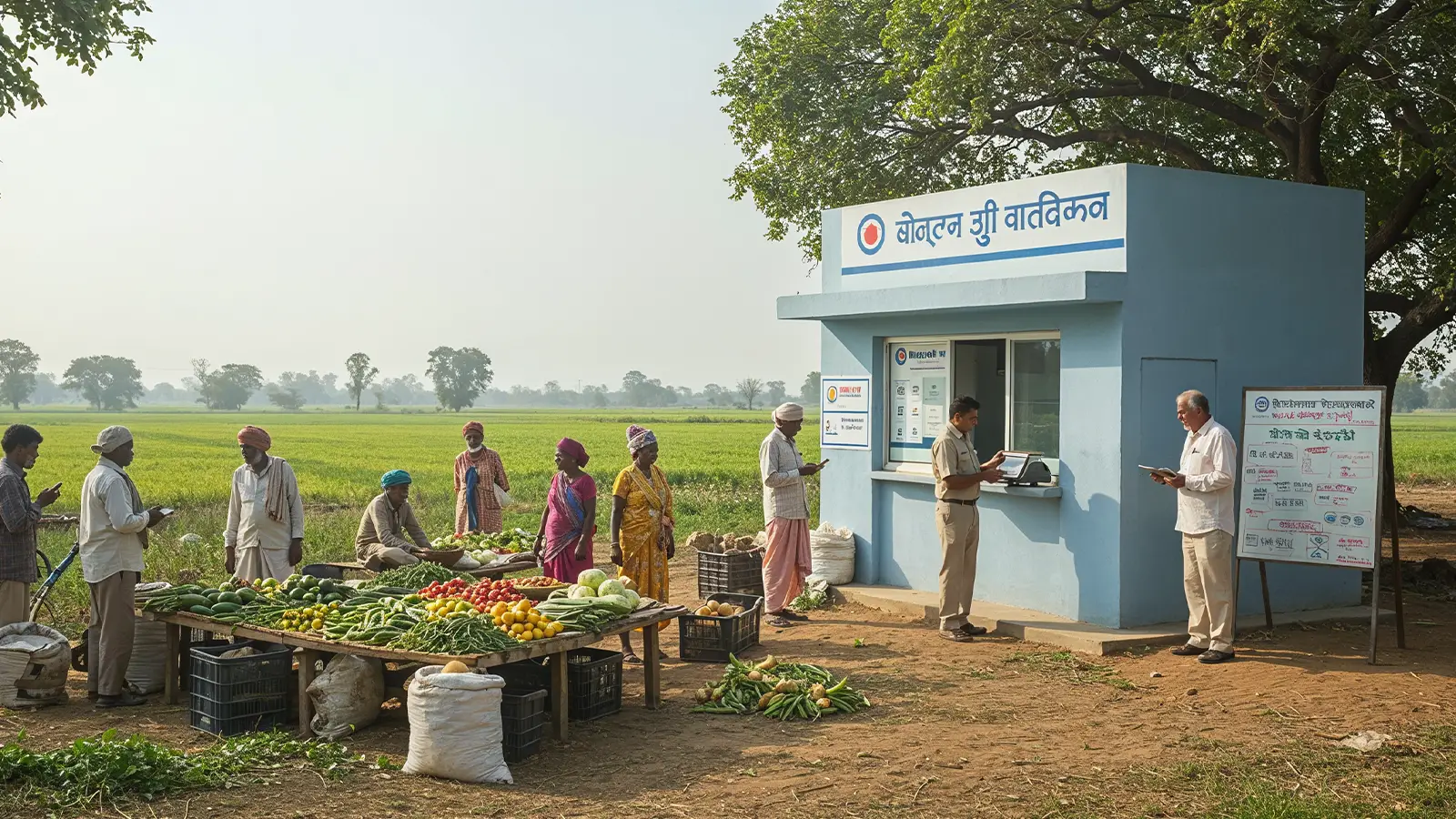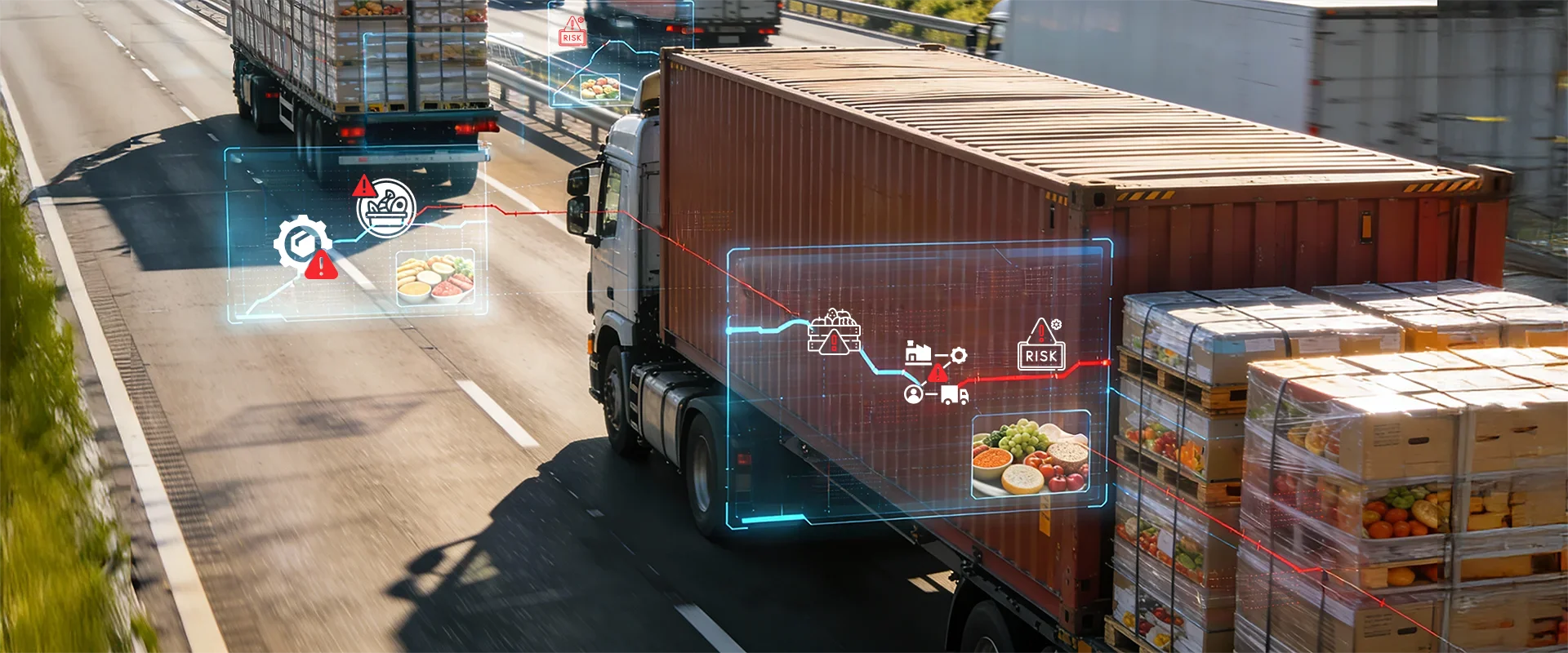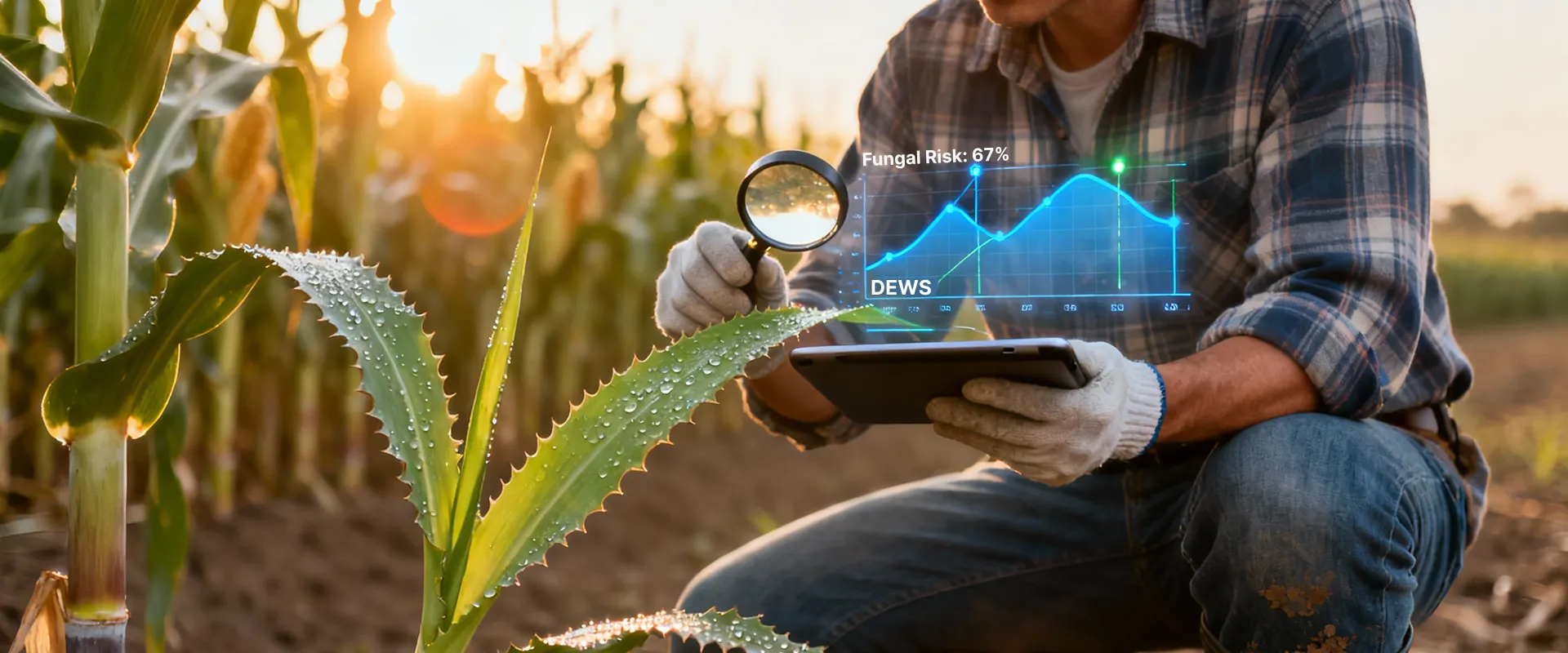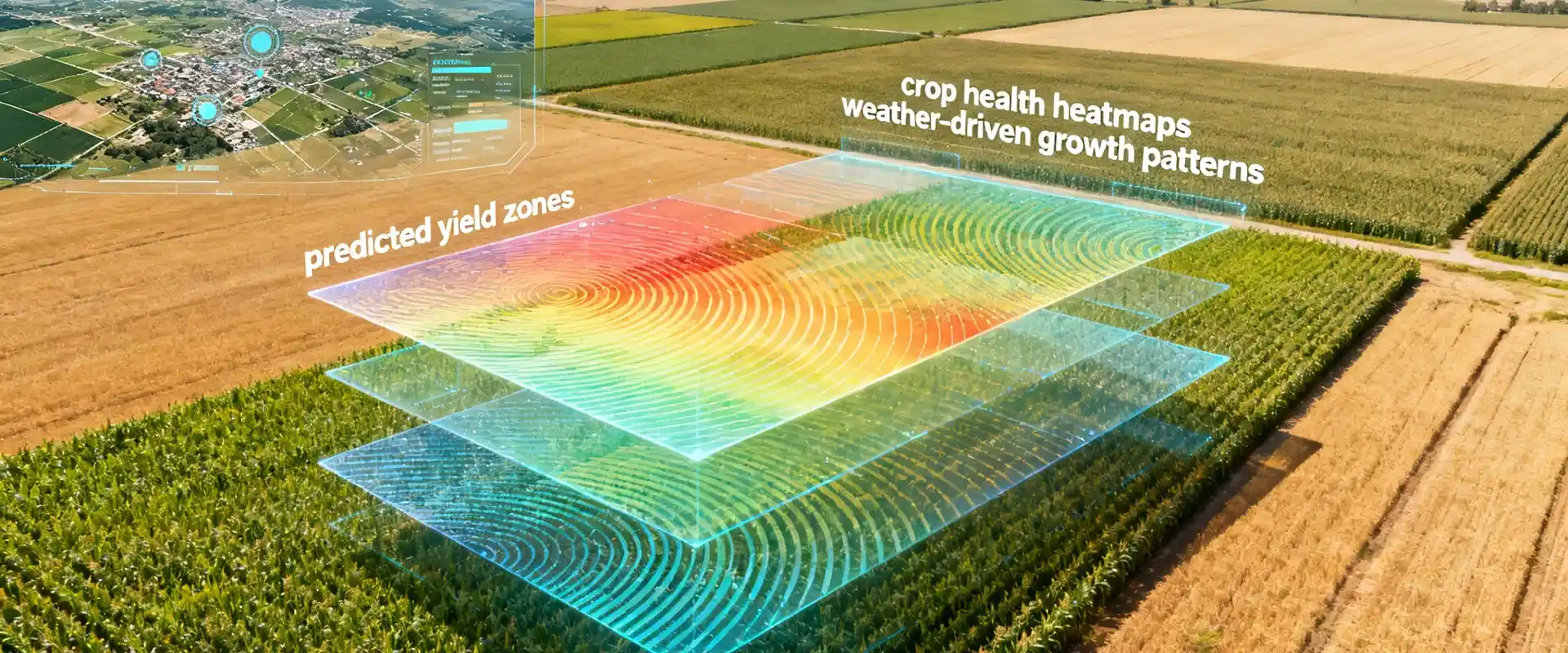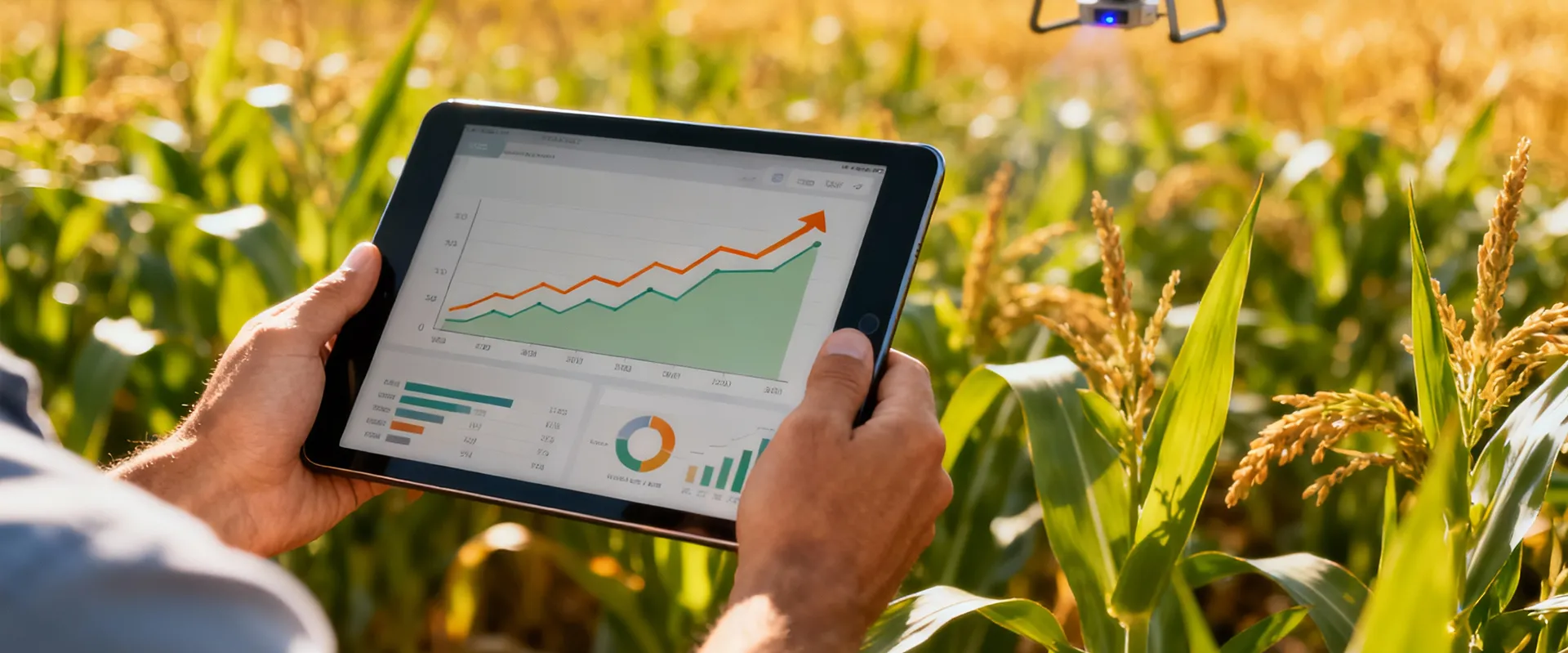Synopsis:
Agriculture: the backbone of India’s economy
Agriculture is India’s backbone, supporting millions of livelihoods. According to the Economic Survey, the Indian agriculture sector employed 42.3% of the population and contributed 18.2% to the GDP in 2023-24. Yet, our farmers face a tough reality: low incomes, climate challenges, and uncertain markets. To become a $5 trillion economy, rural India must thrive. Development agencies are implementing a game-changing approach, empowering farmers, bridging the knowledge gap, and opening new market doors. In this blog, we will dive deep into the four key components to build farmer resilience and create a future where agriculture is a path to prosperity.
Type of farmers based on landholdings
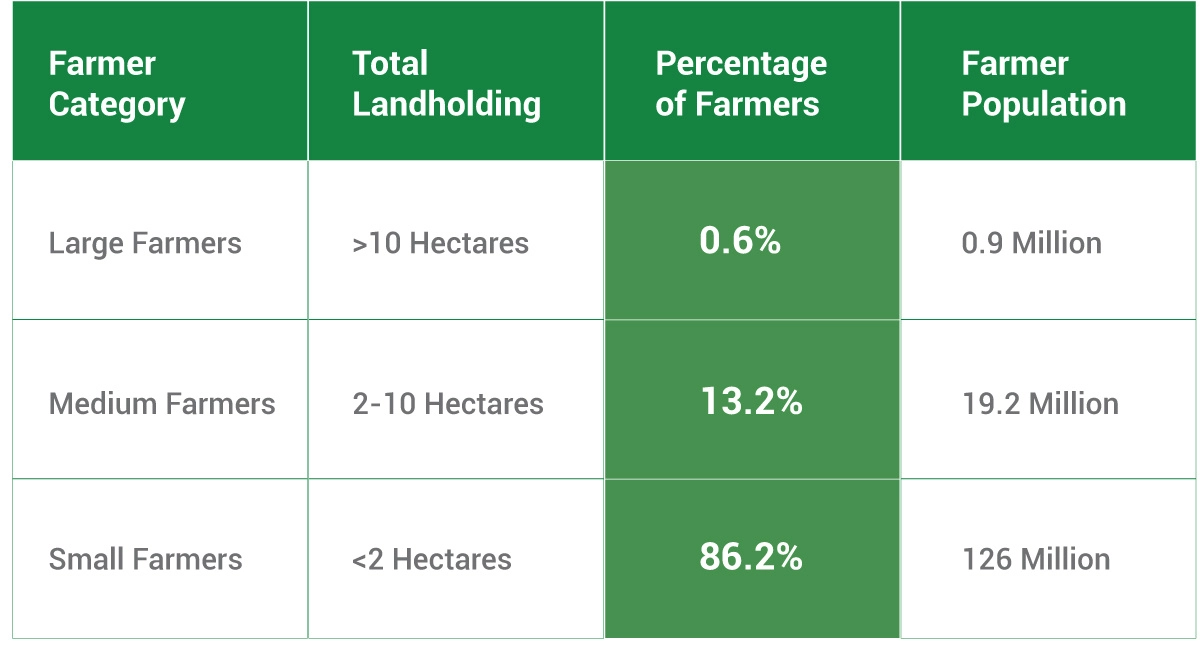
The four pillars of agricultural development
- When seedlings need water, there just isn’t enough rain
- When plants need less water, there is too much rain
- Seawater intrudes and ruins the crop
- When water is less, farmers skip an entire crop cycle
- As nights get warmer, plant growth accelerates, compromising grain filling and yields
- Shifts in sowing calendars
- Pests and diseases further impact agricultural productivity
The climate crisis is particularly distressing for smallholder subsistence farmers cultivating less than 2 hectares of land. These astonishingly efficient and resourceful growers, who account for 78% of India’s farmers, cultivate 41% of our food grain in just 33% of land and are struggling with unprecedented climate change, surging inflation, and numerous external shocks.
- Capacity building
- Financial assistance
- Digitization
- Developing market linkage to become profitable
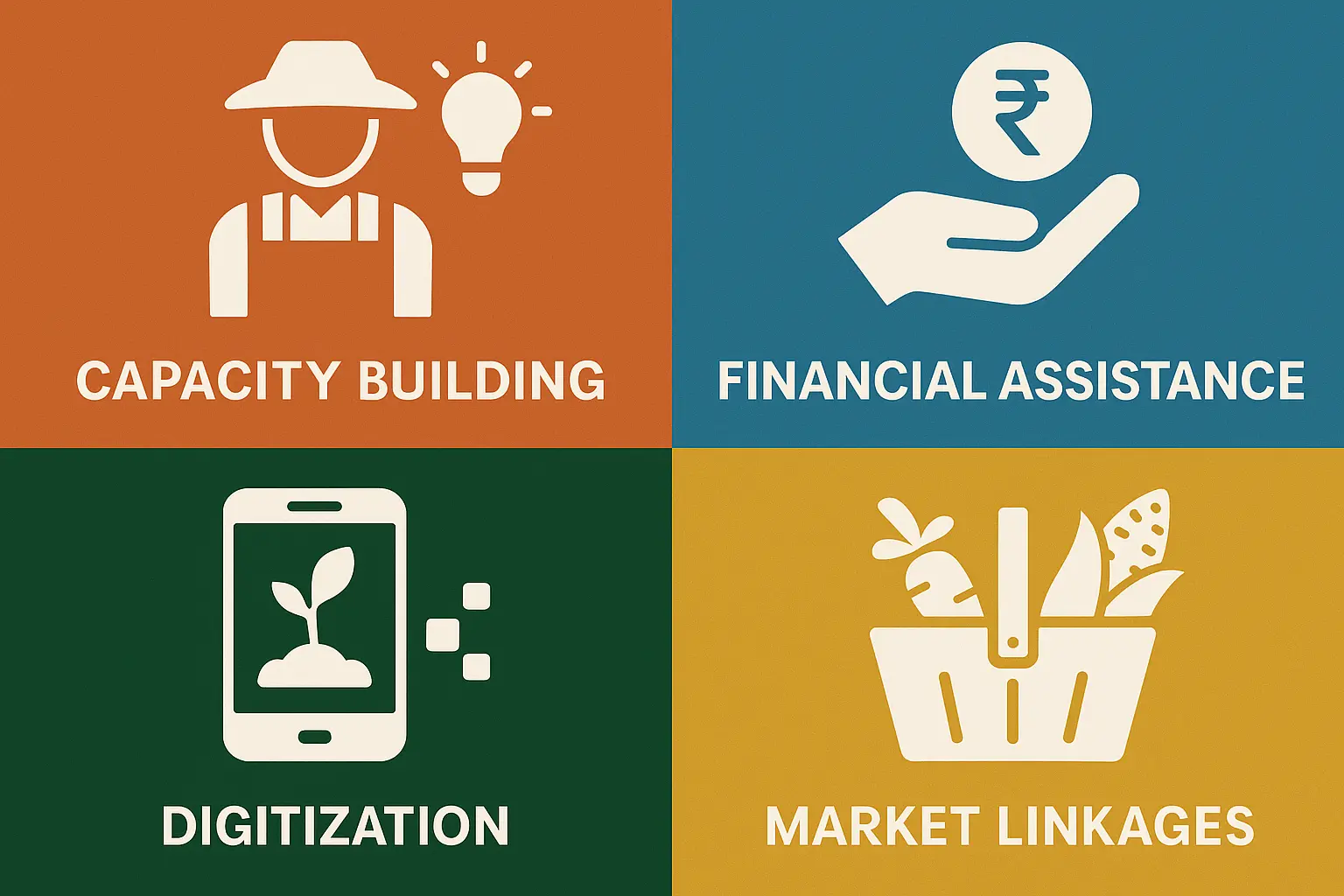
Capacity building
Financial inclusion
Market linkages
- Lack of information on prices and buyers
- Poor infrastructure and limited bargaining power
Digitization
Agriculture is undergoing a digital revolution. Today, technology is reshaping how we grow, manage, and distribute food. Modern agriculture goes beyond the use of mechanization like tractors; it’s about data, insights, and precision. Tools like drones, sensors, and AI are transforming crop monitoring, optimizing resource utilization, and predicting risks. This shift to digital farming is essential for farmers to develop resilience. Development agencies are driving this transformation to maximize their impact. By harnessing technology, development agencies collect data more efficiently, understand farmers’ needs better, and allocate resources where they’re needed most. Ultimately, technology is vital to connect with the key stakeholders – the farmers- and to educate, engage, empower, and enable them.
Overcoming the hurdles: agtech as the enabler
Farmer engagement
Financial inclusion
Digitization
Market linkages
Case studies
Empowering african farmers with digital solutions
- 2.197 million farmers: Reached and equipped with the knowledge to thrive
- 8,016 VBAs: Trained and transformed into local agri-preneurs
- Increased productivity: Better practices led to higher yields and income for farmers
- Climate-smart practices: Farmers learned to adapt to changing weather patterns
Transforming rural livelihoods with technology
- 23,991+ farmers
- 11,60,677 acres audited
- 34 crop varieties
- Godabanda and Dhalbhumgarh regions of Jharkhand
Enabling market linkage & financial inclusion
- Lack of knowledge of climate-resilient agricultural practices
- Absence of input resources management options
- No access to modern production, harvest, and post-harvest technologies
- Lack of real-time market linkages (such as prices) and access
- Need for transparent price discovery mechanisms
- Credit support
- Adoption rate – 80%
- Plots digitally monitored – 144,944
- Farmers positively impacted – 1,33,812
- Number of villages covered- 112 villages in Karnataka

